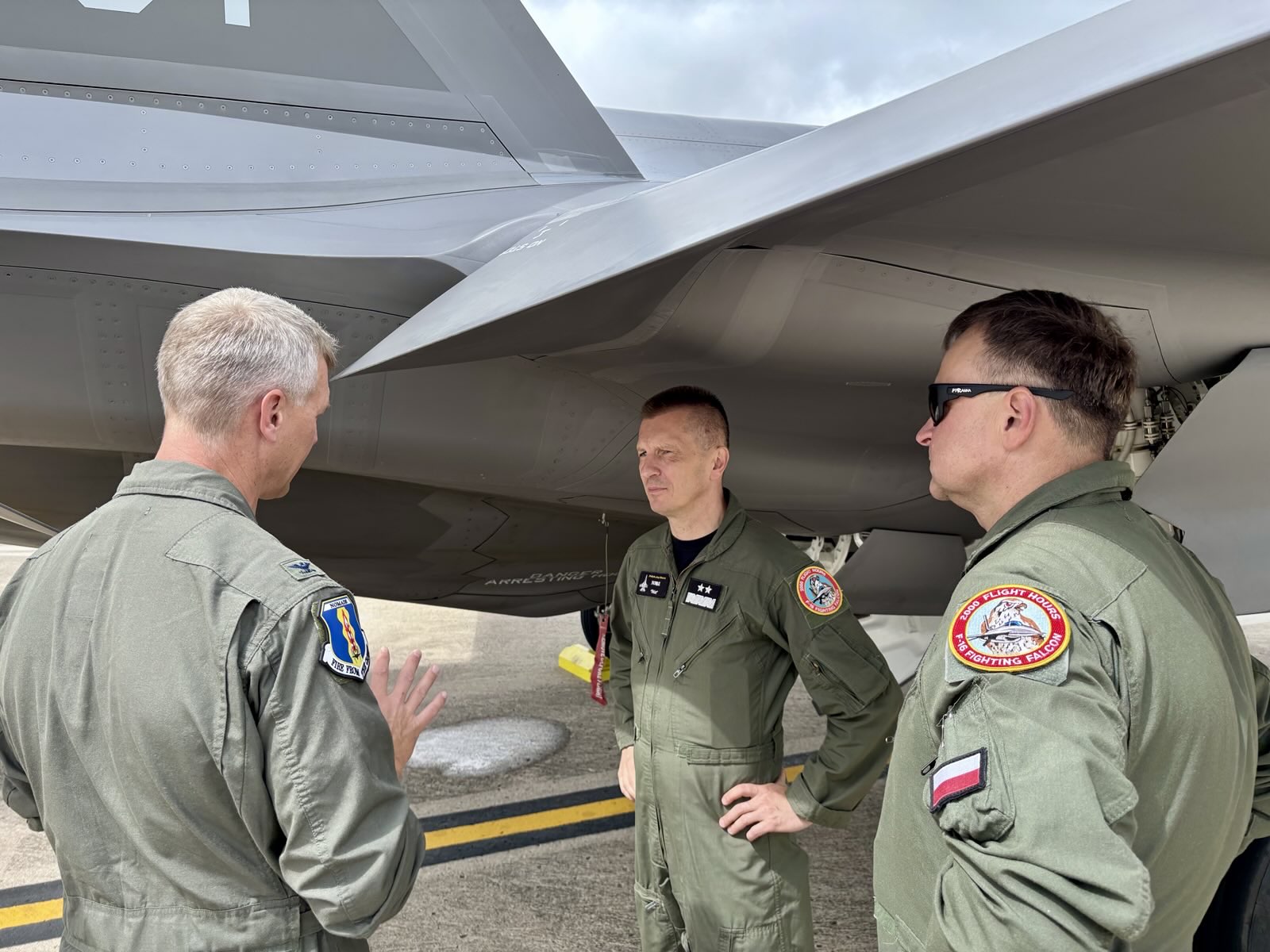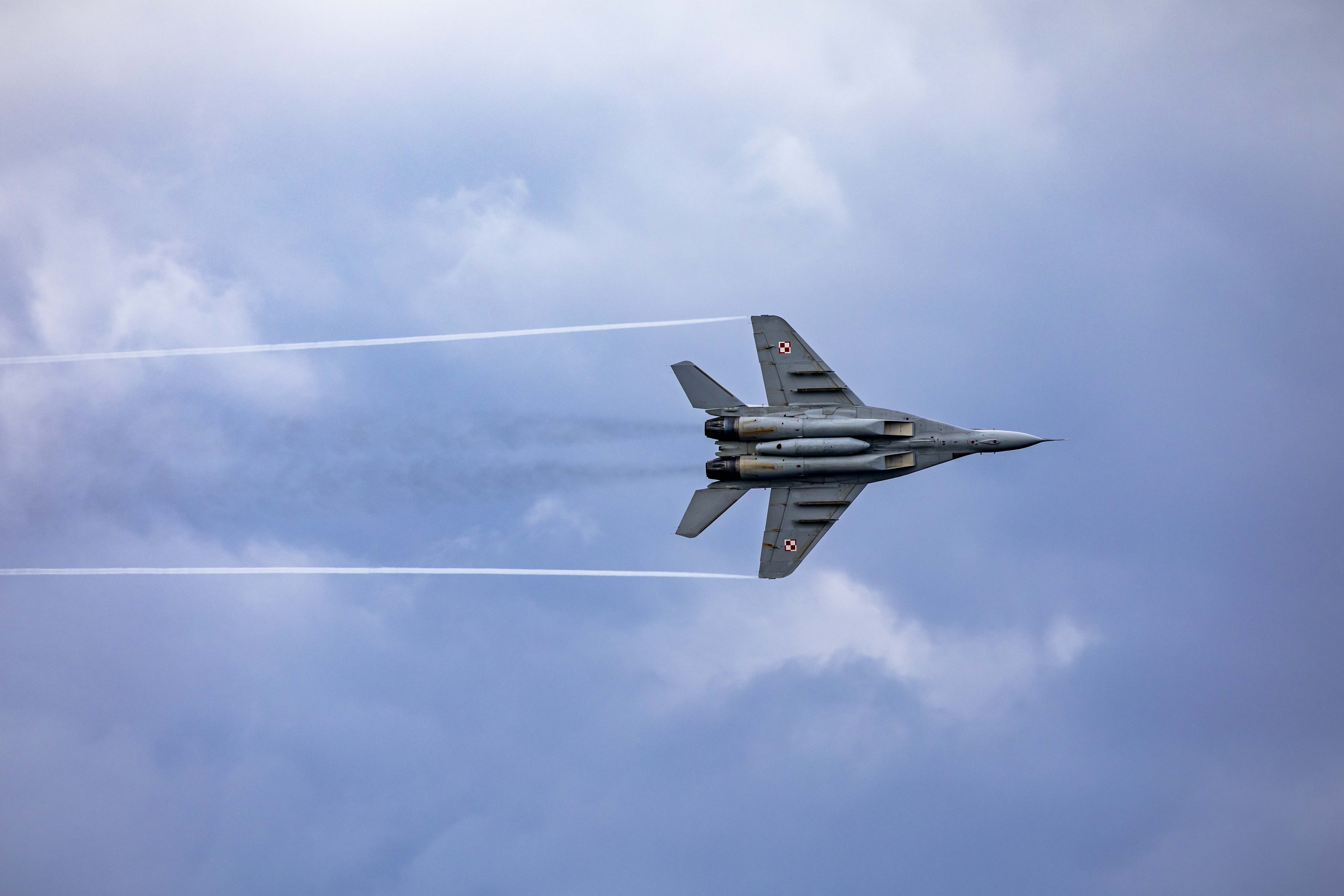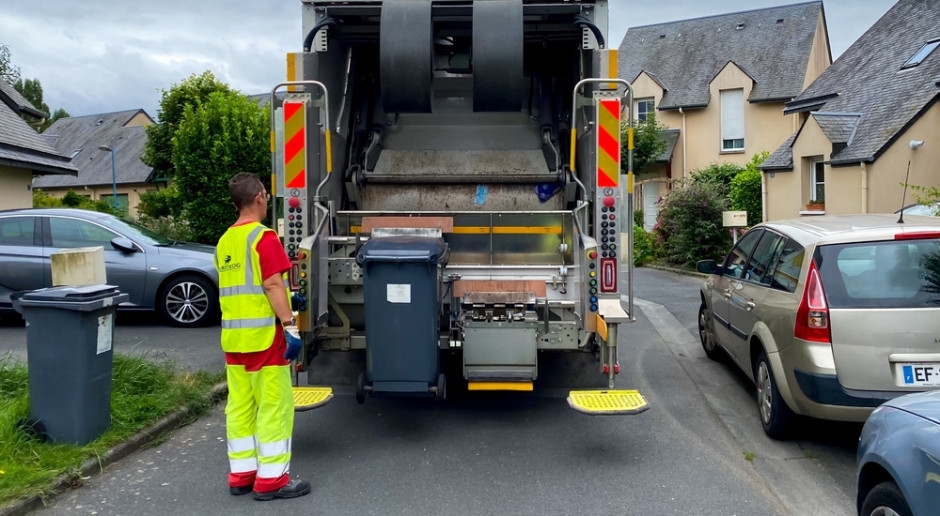"There are no mistakes." Russian air provocations are a mix of routine and unprofessionalism.

- There is greater tolerance for unprofessional behavior in the Russian Air Force than in NATO aviation, believes Maj. Gen. Ireneusz Nowak, until recently the Air Force Inspector and currently Deputy Commander General.
- He explains that the activities of Russian reconnaissance aircraft near NATO borders, for example over the international waters of the Baltic Sea, are routine. During a single flight along the Alliance's coast, such a Russian aircraft can be intercepted by several pairs of fighters on duty.
- General Nowak emphasizes that the Polish and allied response to the events on the night of September 9-10, when Russian drones violated the Polish border about twenty times, showed that we will defend Polish airspace.
Three times over four days in late October , a pair of Polish MiG-29 fighters took off over the Baltic Sea to intercept a Russian Il-20 electronic reconnaissance aircraft , known by NATO as Coot-A. In all three cases, Polish airspace was not violated, but each time the Russian aircraft flew without filing a flight plan and had its transponder, a device that automatically identifies the aircraft, switched off.
Flying without a transponder is a potential threat to air traffic safety. It's like driving a car at night without headlights—you're invisible to civilian air traffic control and civilian air traffic. Therefore, the military, which nonetheless sees such a plane on its radar, sends fighter jets to observe the Russians' movements and, by their presence, indicate to others that a plane with a disabled transponder is also nearby.
In an interview with WNP, Major General Pilot Ireneusz Nowak explains that the Il-20 is the eyes and ears of the Russian Federation's reconnaissance . "These aircraft are often relocated from other parts of Russia to fly here," says the general, who served as Air Force Inspector for two and a half years and, since October 20th, has been Deputy Commander-in-Chief of the Armed Forces, the commander of the vast majority of Polish soldiers in peacetime.
Military: We try to talk about everythingAccording to the CIS interlocutor, the military currently reports virtually every interception of a Russian aircraft.
"I clearly remember my first combat takeoff while on duty in Łask, when I intercepted the same aircraft. Back then, it didn't make the front pages of websites or newspapers, nor did it make the news. However, now, given the heightened sensitivity of Polish society, we strive to pursue a very transparent and open policy, and we talk about everything that happened," Nowak says.
The general is one of Poland's pilots of the multi-role F-16 aircraft. The 32nd Tactical Air Base in Łask, near Łódź, is one of two airports where these aircraft are stationed.
One plane and several pairs of duty officersAccording to the Deputy Commander General, intercepting an aircraft such as the Il-20 is a routine activity.
"This aircraft appears most often during large NATO or national exercises, or it routinely monitors what's happening in Alliance airspace. It usually flies over international waters, but also along the coasts of Poland, Germany, and then Denmark, thus covering the Baltic Sea basin. It is most often intercepted by several pairs of on-duty aircraft," explains the officer.
"Duty pairs are two fighter or multi-role aircraft standing by for a sudden takeoff at any time of day or night . Before 2022, Poland had one pair on duty – either multi-role F-16s or MiG-29 fighters. Currently, there are at least two pairs – one belonging to our Air Force and one provided by allies, who are stationed at Polish bases on a rotational basis. Meanwhile, there are 12 NATO pairs around the Baltic Sea ," said Major General Pilot Dariusz Malinowski, then Deputy Operational Commander of the Armed Forces, in a recent interview with the CIS .

Just as Russian reconnaissance aircraft such as the Il-20 monitor NATO activity while operating within the borders of Russia and Belarus or over international waters, allied electronic reconnaissance aircraft or flying radars such as the famous AWACS conduct analogous activities – they collect data on Russian activity while remaining in allied airspace or over international waters.
That's why General Nowak admits that the operations of a plane like the Il-20 are fairly routine. "It's part of military life, so we don't make a big deal out of it," he says.
When the routine endsHowever, where NATO meets Russia and Belarus, not everything is business as usual. The most spectacular example came on the night of September 9-10, when some twenty Russian drones violated Polish airspace . Polish and allied (specifically Dutch) aircraft intervened, shooting down several drones deemed potentially dangerous.
- It must be said that our response also conveyed a very important message, namely that we will defend Polish airspace - emphasizes General Nowak.
"There are no mistakes"Sometimes, flights by Russian manned aircraft, including reconnaissance ones, cease to be routine. On June 13th, an Il-20 violated Polish airspace to a depth of about two kilometers over the Baltic Sea. It was then intercepted by a pair of British aircraft on duty stationed in Poland .
In September , three Russian MiG-31 fighter jets entered Estonian airspace and remained there for approximately 12 minutes . In late October , two Russian aircraft entered Lithuanian airspace for 18 seconds .

Following these incidents, some retired Polish military personnel commented that such incidents were due to the outdated and inaccurate navigation systems available to the Russians.
However, General Nowak disagrees with this assessment. " There are no mistakes," he emphasized in an interview with WNP.
Polish officer: There is greater acceptance of unprofessional behavior in Russia"These are carefully planned actions, coordinated in time and space. The state and the Air Force, which have been at war for over three and a half years, are not making mistakes in their navigation. I would absolutely not go in that direction. Everything that happens should be interpreted, and the response should be tailored to the fact that it is a deliberate, provocative, and testing action," said the Deputy General Commander of the Armed Forces.
General Nowak explains that since Russia launched its full-scale attack on Ukraine in February 2022, air incidents involving Russian aviation have become more frequent and provocative in nature .
"It depends on the individual pilots sitting in the cockpits. I would say that some are more balanced or perhaps more professional, but there are those who are less professional. What is certain is that in the Russian Air Force, there is more tolerance for unprofessional behavior than in NATO," the CIS source said.
The general admits that Russian activity "causes a certain burden" on the Polish and allied air defense systems and there are no signs that this will decrease.
wnp.pl





